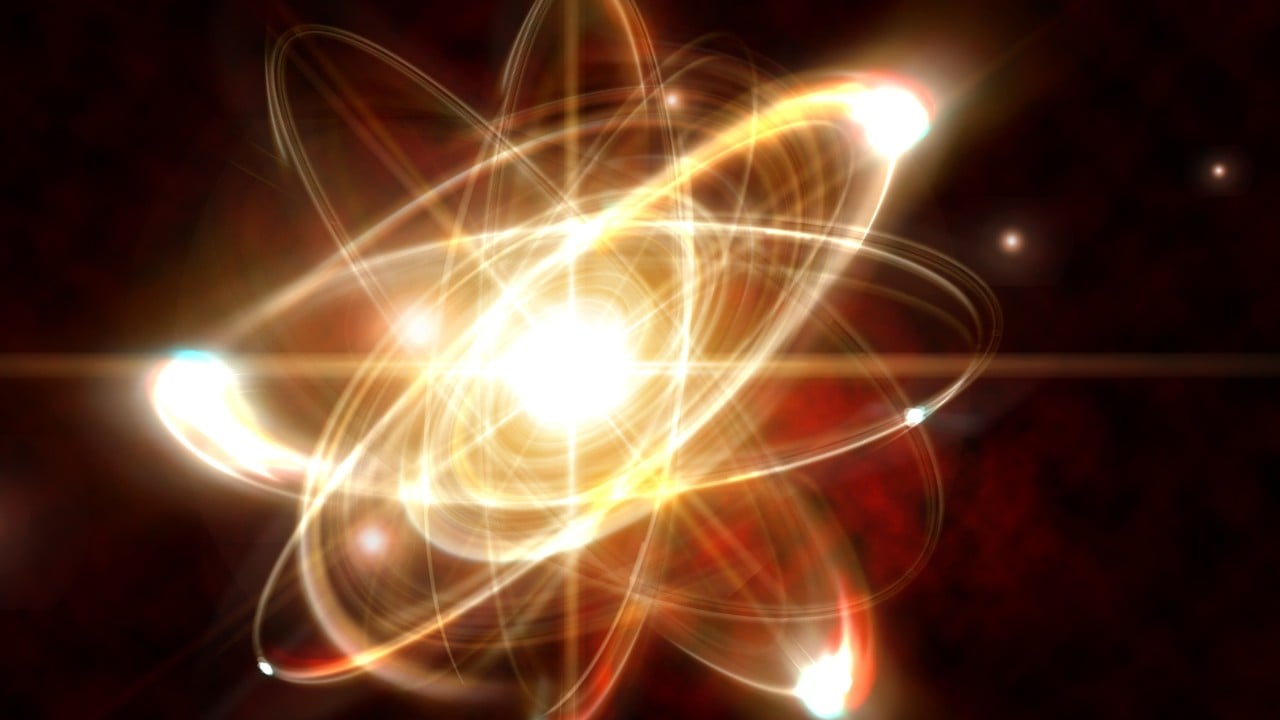Researchers in China said they have found the first evidence that subatomic particles from cosmic rays may be affecting the efficiency of widely used error correction techniques that are an essential element of fault-tolerant quantum computing.
Advertisement
The scientists monitored superconducting quantum chips alongside fundamental subatomic particles – called muons – produced by cosmic rays, as well as gamma ray-induced particle disturbances known as quasiparticle bursts.
“We directly observed quasiparticle bursts leading to correlated errors that are induced solely by muons and separated the contributions of muons and gamma rays,” they said in a paper published last month by the peer-reviewed journal Nature Communications.
The findings could be significant for the scaling of quantum processors and the design of fault-tolerant quantum computing systems, which can function properly even if faults or errors are present, the scientists said.
According to the team – from the Chinese Academy of Sciences, the Beijing Academy of Quantum Information Sciences and Nanjing Normal University – the proposed detection method could also be applied in cosmic ray and dark matter particle detection.
Advertisement
Unlike traditional computing’s unit of information that exists either as 0 or 1, its quantum counterpart relies on quantum bits or qubits that can exist in a multidimensional state, making possible more advanced and secure tasks.
However, errors can occur simultaneously in multiple qubits. On a small scale, these multiqubit correlated errors can be reduced with optimised error correction methods, though the efficacy of these strategies diminishes in larger-scale computing.

